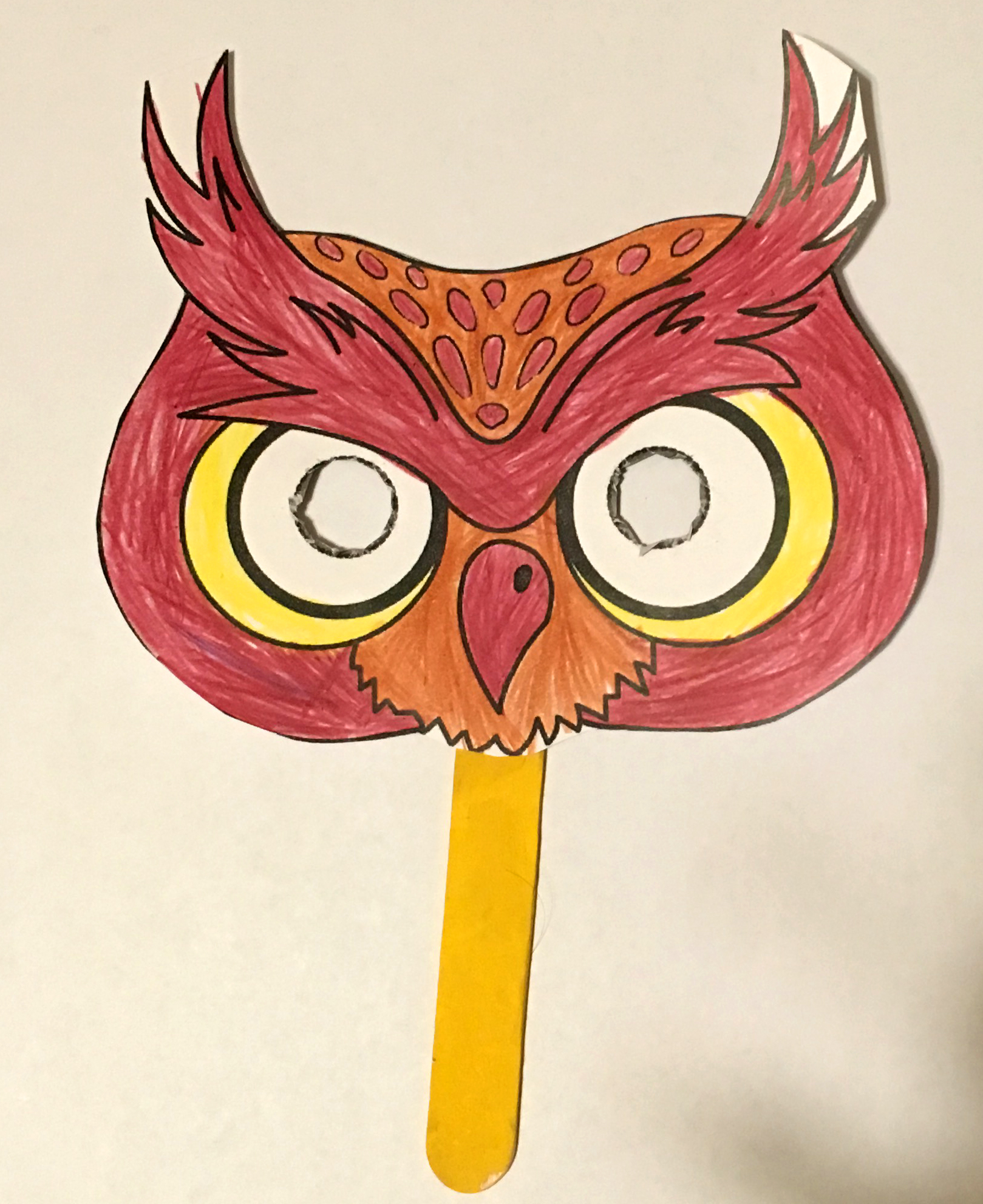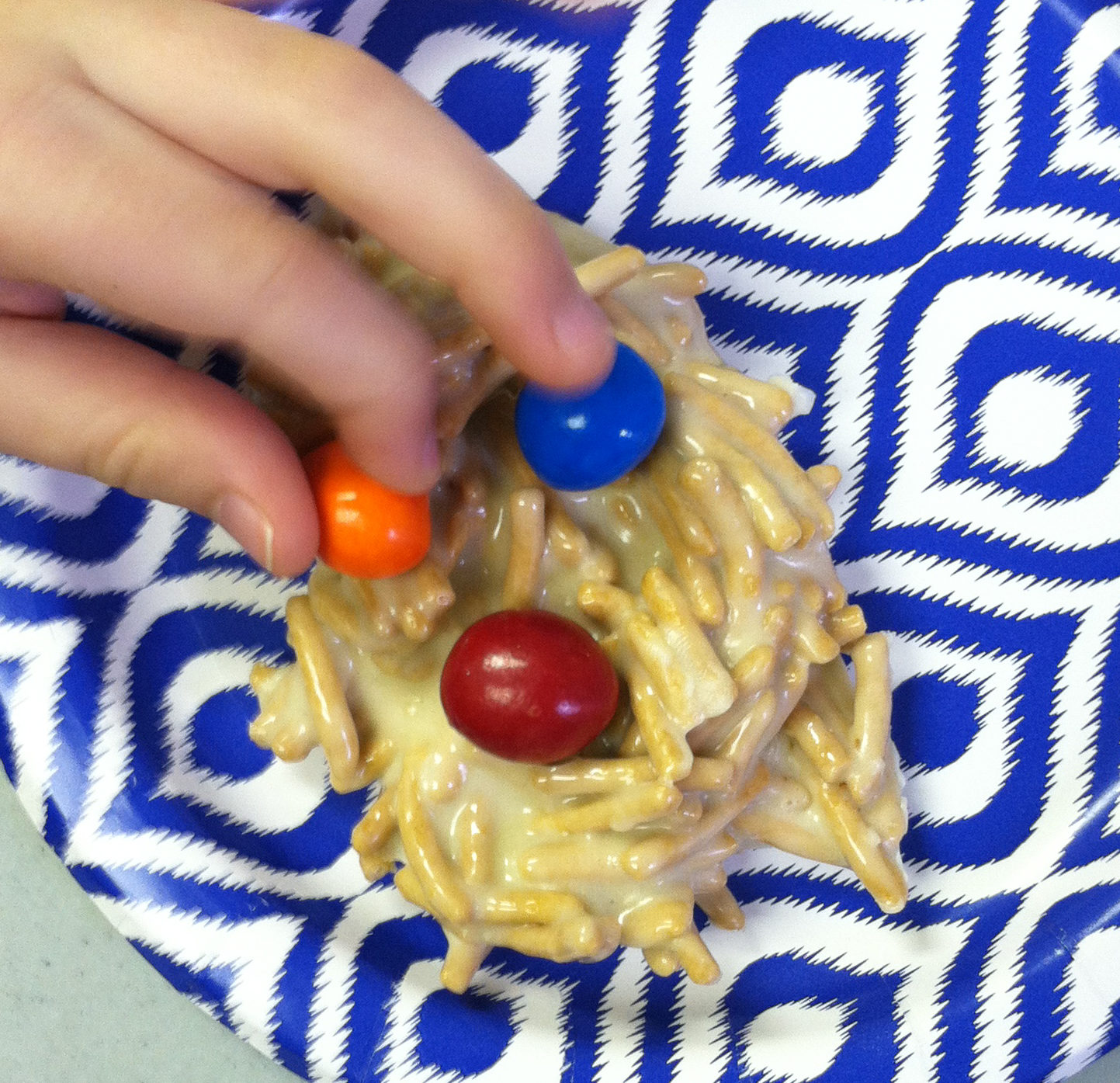Introduction to Zoology for Early Elementary Students ~ Week 12: Birds of Prey

This is the last post of the Introduction to Zoology series. For a suggested class schedule, an overview of the entire course, and links to more lesson plans, please see the Introductory Post.
My sincere apologies for the long delay in completing this series of Lesson Plans. I am very sorry for any inconvenience it has caused you!
In this lesson you will teach your students about birds of prey.
Disclosure: I was not compensated for this post. I am an affiliate of Amazon, and will receive a small commission if a link on this page is used to make a purchase.

Week 12 Lesson Plan
Note: The following schedule is for a 2-hour class. We also allowed time each week for Show-and-Tell, which is not included below.
1. Introduction & Map Activity (Floor: 5 Minutes)
Birds of Prey include (but are not limited to) eagles, owls, ospreys, and falcons. There are birds of prey on every continent except for Antarctica. They are found in almost every habitat as well.
In my lessons I used the Discovery Kids Fabric Activity Map pictured at the right. I split the felt land mass, water body, and animal pieces into 12 different baggies, one for each lesson. Each week I distributed the felt pieces among my students and allowed them to place them on the map, using a picture of the completed map as a guide.
Alternate Map Idea
The Discovery Kids map appears to be discontinued, so instead, you can use a regular wall map or globe. Cut out small pictures of the animals you are going to learn about from magazines or old encyclopedias (or print from the internet). During each lesson attach them to the appropriate area on the map or globe with removable poster putty.
2. Poetry (Floor: 5 Minutes)
The Llama Who Had No Pajama: Eggs (page 58) and Mouse (page 20).
3. Animal Encyclopedia (Floor: 5 – 10 Minutes)
Read one – four pages from a children’s animal encyclopedia about birds of prey. Encourage discussion by asking questions such as:
- “What is the most interesting thing you remember?”
- “What are some differences between birds of prey and other birds?” (Size, sharper talons, shape of beaks.)
- “What do birds of prey eat?” (Rodents, snakes, and other small animals.)
- “What do you think would happen if birds of prey died out in a certain area?” (That area may be overrun with mice, rats, snakes and/or other small animals.)
I mostly used DK First Animal Encyclopedia, and occasionally Usborne Children’s Encyclopedia of Animals for my lessons.
Use a free Animal Sounds app on your phone or tablet: find the animals you are studying in this lesson and play the sounds for your kids. My students loved this – especially when I let them touch the buttons to play the sounds! If you can’t find the sound for the animal you are studying, try finding some that live in the same habitat.
4. Activity Idea 1: Migration: “Where Do You Go, Birds?” (Table: 15 Minutes)

- A copy of Where Do You Go, Birds? from Circle-Time Poetry: Science for each student (page 37)
- Crayons or colored pencils
- 9″x12″ construction paper
- Glue sticks
- White glue
- Cotton balls (optional)
Have your students color the poetry page, then glue the page on a piece of construction paper with a glue stick. Pull the cotton balls apart a little, then use the white glue to glue them to the clouds in the picture. Pages 38 and 39 of the book have some “talking points” about migration that you can discuss with your class while they are coloring.

Alternate Activity: Owl Mask (Table: 10 – 15 Minutes)
- Owl Mask printed on card stock, one for each student (free printable)
- Colored pencils, markers, or crayons
- Scissors
- Hole punch and String/Elastic OR Large craft stick
- Packing tape
Print out a free Owl Mask on card stock for each student. Color the masks, then cut them out (you may have to help cut out the eye holes). Reinforce string holes by covering with packing tape, then use hole punch. Use string or elastic and tie. OR, tape a large craft stick on the back of the mask for a handle.

5. Zoology Notebook (Table: 10 – 15 Minutes)
Pass out binders and crayons, markers and/or colored pencils. Have your students color the Red-Tailed Hawk page and/or the Barn Owl page from Education.com.
You can assemble the Animal Science Notebooks before the school year begins if you wish: click here for blog post with free printables, instructions, and list of printables.
6. Story and Snack (Table: 10 – 15 Minutes)
Read Pale Male, Big-City Hawk from National Geographic Kids Animal Stories.
Snack idea: Bird Nest Cookies. Click here for instructions at the Bakeat350 blog.

Be sure to check with your students’ caretakers for any food allergies ahead of time.
For more animal-themed snack ideas, please visit my Science For Kids – Snacks Pinterest board.
7. Craft Project Idea: End of Year Scrapbook or Eagle Craft (Table: 10 – 15 Minutes)
We made an end of year scrapbook using photos I had taken of the kids doing their projects all year. I gave each of the students several pages of acid-free card stock, photos of themselves and the group, acid-free stickers, acid-free pens and acid-free glue sticks. Simply punch holes along the side of the scrapbook and tie with ribbon or yarn when they are finished. (I’ve seemed to have lost my pictures of this project, but hopefully you “picture” what I mean – ha ha!)
Or, you can try this free printable Eagle Craft project from DLTK-Kids.com.
See my Science For Kids – Life Science Pinterest board for more ideas!
Please feel free to comment below with your recommendations – I appreciate your ideas and suggestions!
Text and Images Copyright 2018 Kathryn Depew, except for The Eyes Have It (picture of the raptor above) by Pete at flickr.com.
Disclosure: I was not compensated for this post. I am an affiliate of Amazon, and will receive a small commission if a link on this page is used to make a purchase.



Leave a Reply